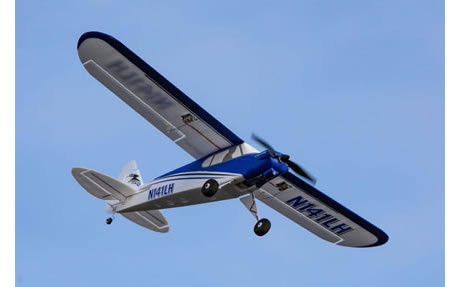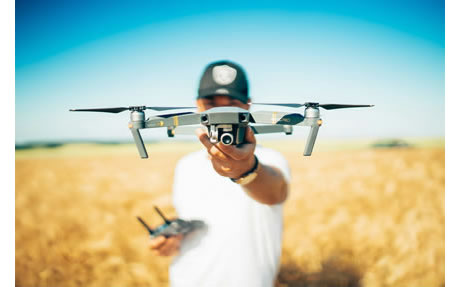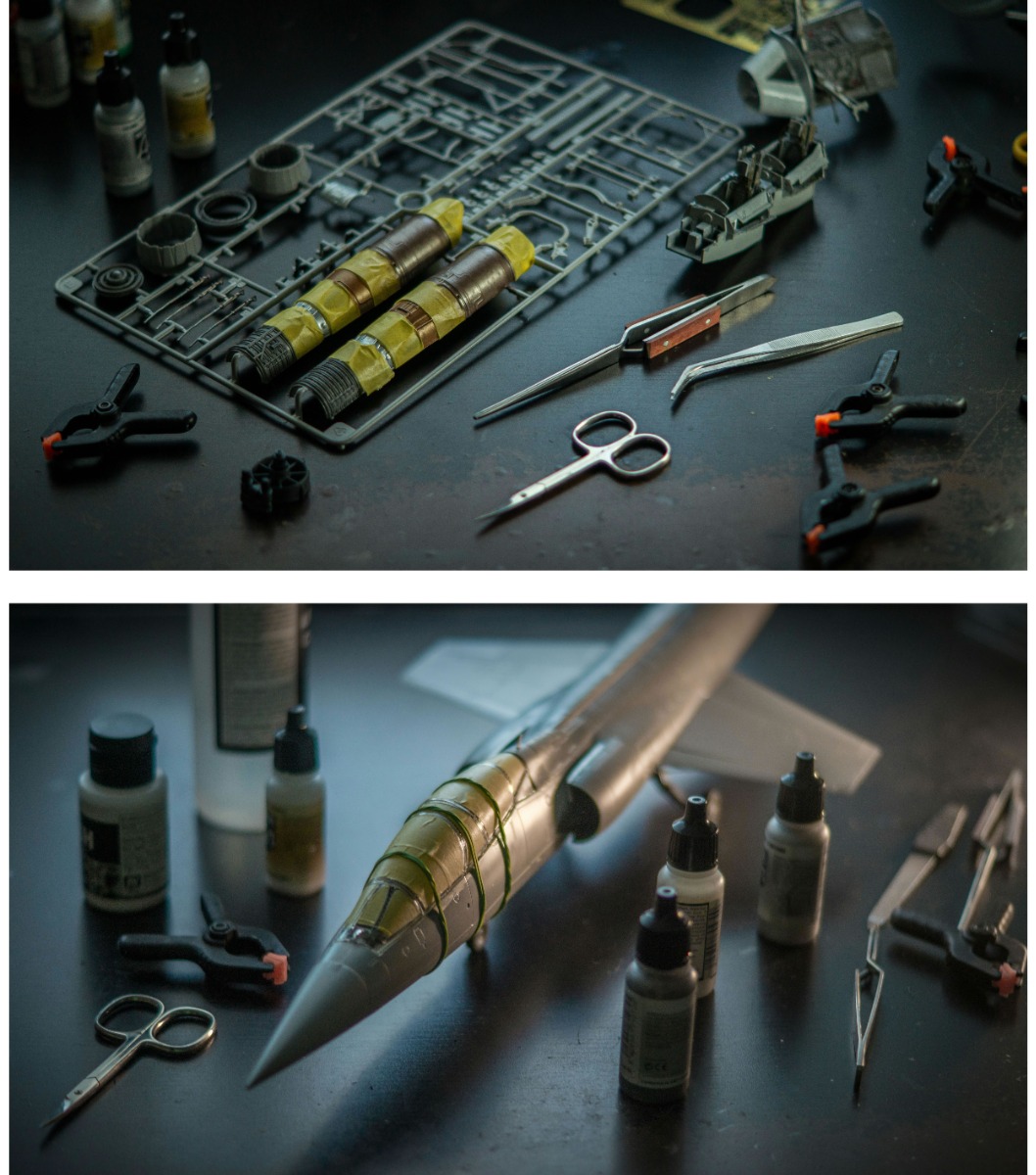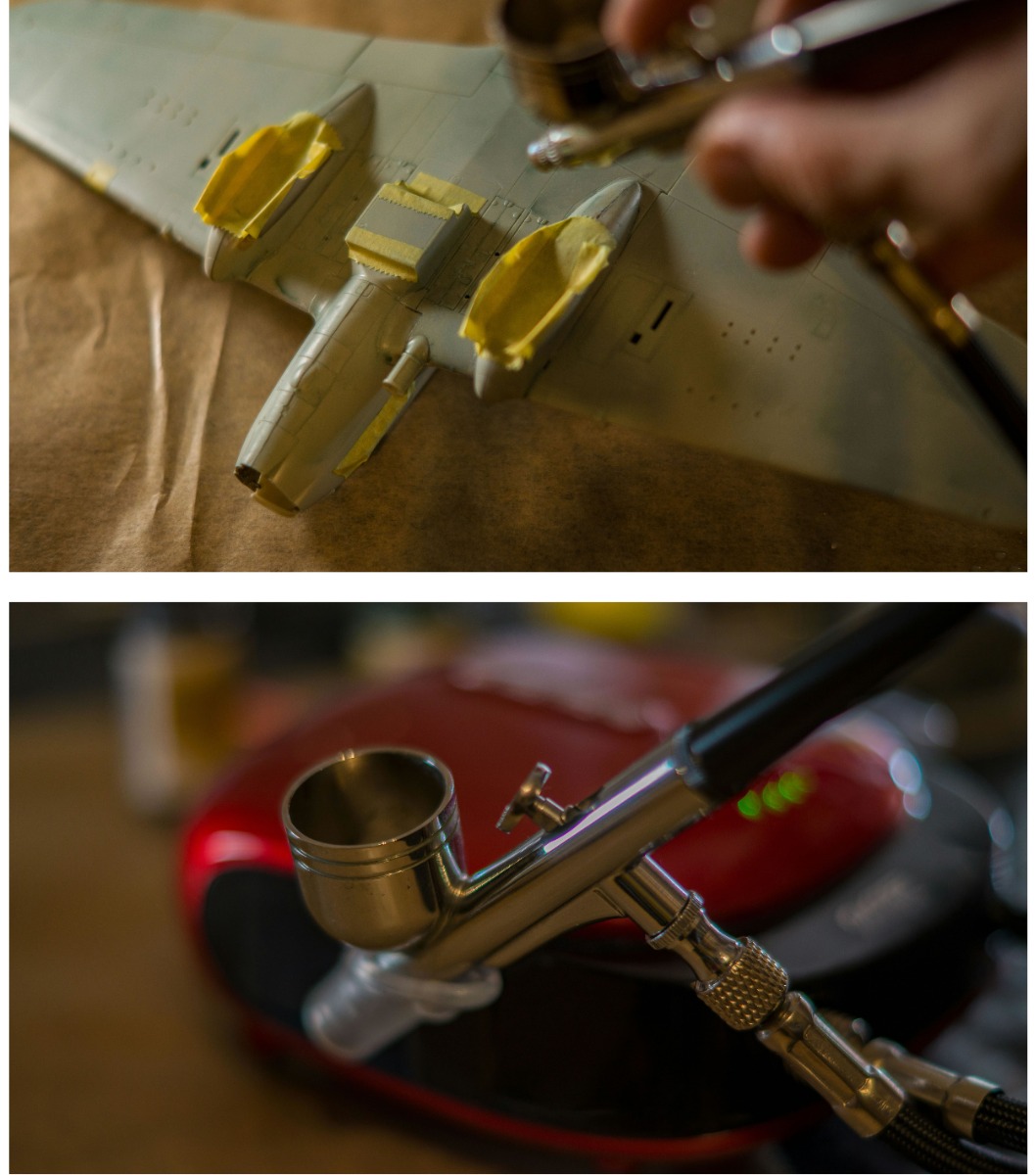Kovozavody Prostejov 1/72 Aero L-29 Delfin # 72466
The Aero L-29 Delfin is a Czechoslovak jet trainer aircraft that was developed and produced by Aero Vodochody in the late 1950s and 1960s.
It holds the distinction of being the first jet-powered trainer developed in Eastern Europe, and it became the standard training aircraft for many of the Warsaw Pact countries, including the Soviet Union, East Germany, Poland, and others.
Design and Development:
The L-29 Delfin was designed to meet the needs of a reliable, easy-to-fly jet trainer capable of preparing pilots for the transition to more advanced fighter aircraft.
The aircraft features a low, straight-wing design with a single engine mounted in the fuselage.
Its tandem cockpit arrangement allows an instructor to sit in the rear seat and the student pilot in the front. Both positions are covered by a single, elongated canopy that provides excellent visibility.
Powered by a Soviet-designed Ivchenko AI-25 turbojet engine, the L-29 was built to be robust and simple, with straightforward controls and forgiving flight characteristics.
These qualities made it ideal for training new pilots who were just beginning to transition from piston-engine trainers to jets.
Operational History:
First flown in 1959, the L-29 Delfin was selected as the standard jet trainer for the Warsaw Pact in 1961, beating out competing designs from Poland and the Soviet Union.
It entered service in 1963 and quickly became a ubiquitous presence in the air forces of Eastern Europe.
More than 3,600 units were produced during its production run, with many being exported to other countries around the world.
The L-29 was used primarily for basic and intermediate pilot training, but it was also capable of light attack and reconnaissance roles.
It could be fitted with underwing hardpoints for carrying machine guns, rockets, or small bombs, making it a versatile aircraft in the training environment.
Legacy and Influence:
The L-29 Delfin served faithfully for several decades, training thousands of pilots who would go on to fly more advanced fighters such as the MiG-21.
It remained in service with many air forces until the 1980s and 1990s, when it was gradually replaced by the more advanced Aero L-39 Albatros.
Even after its retirement from military service, the L-29 has continued to find use in civilian hands, particularly in airshows and private collections.
Its historical significance, combined with its ease of operation, has made it a popular aircraft among warbird enthusiasts.
Overall, the Aero L-29 Delfin is remembered as one of the most successful jet trainers of its time, leaving a lasting legacy in both military and civil aviation history.























 Spread the cost with Paypal Credit
Spread the cost with Paypal Credit
 Spread the cost with Klarna
Spread the cost with Klarna


























